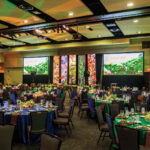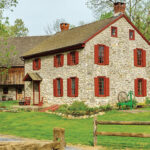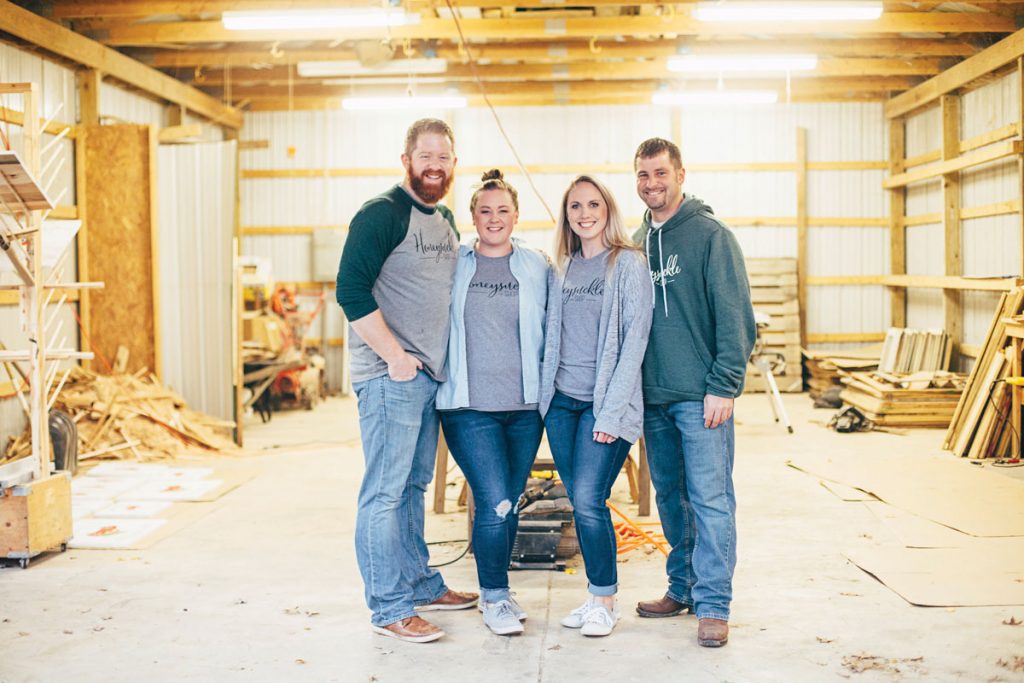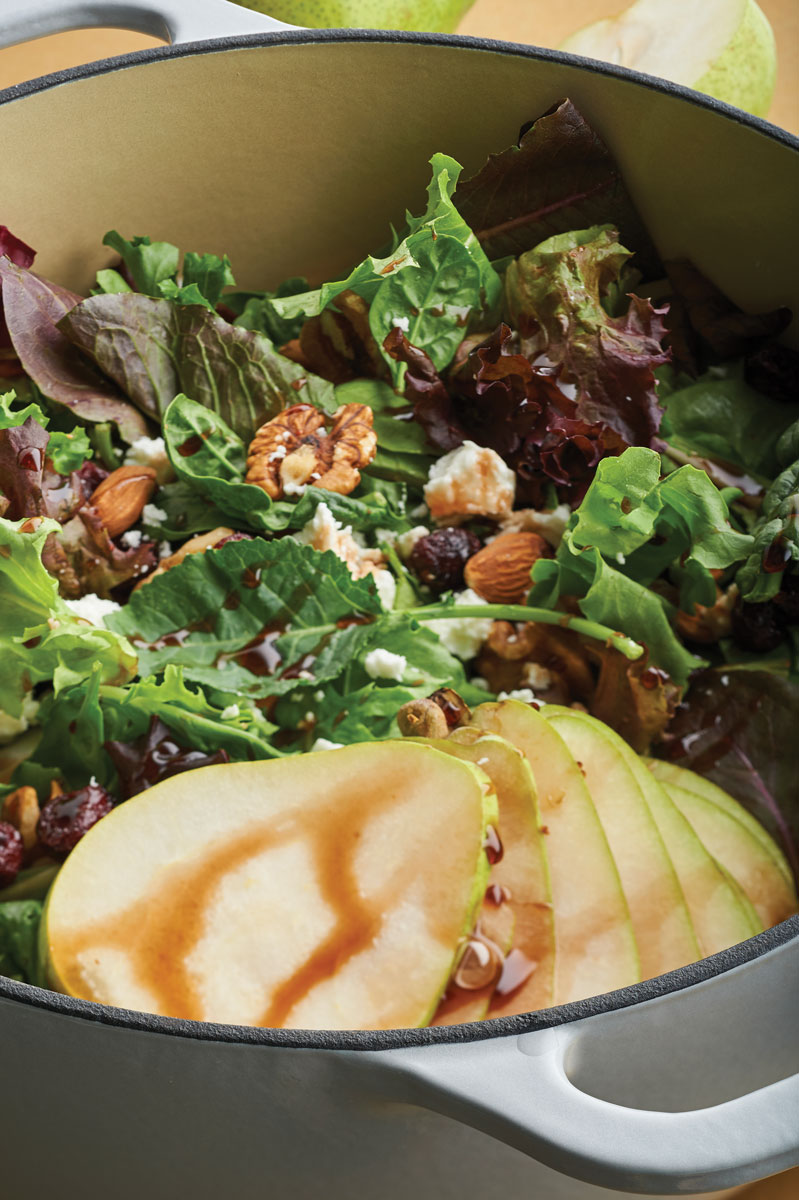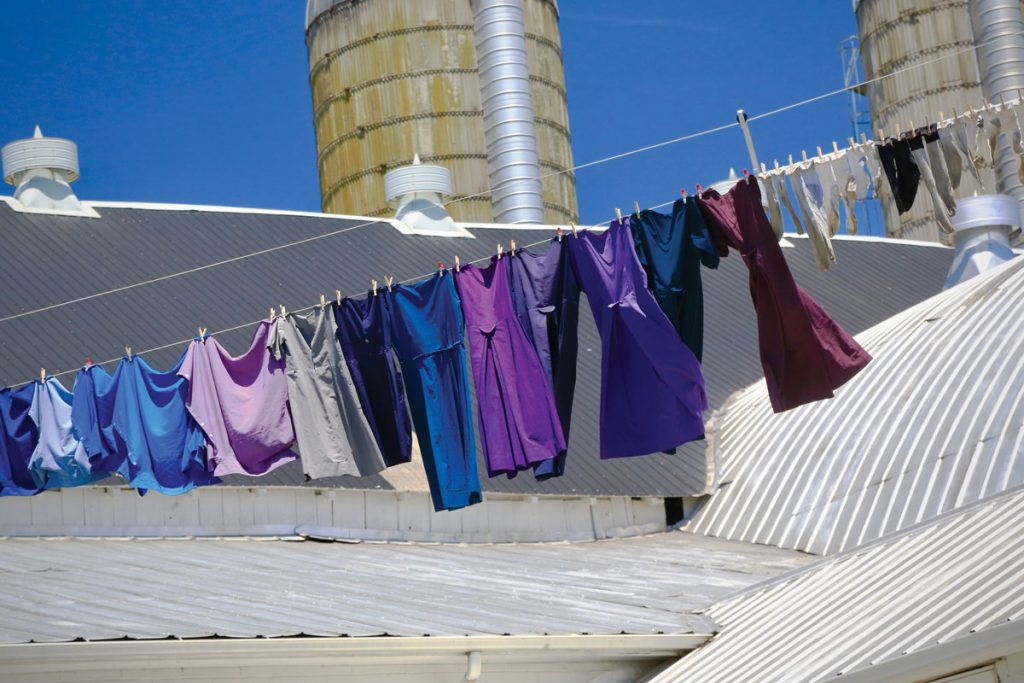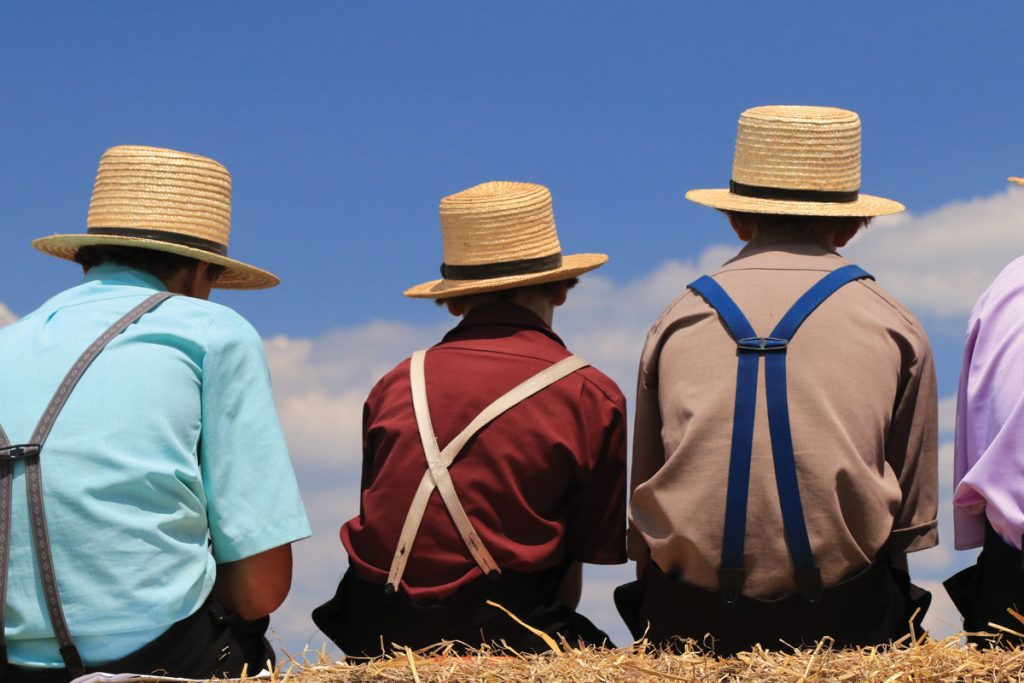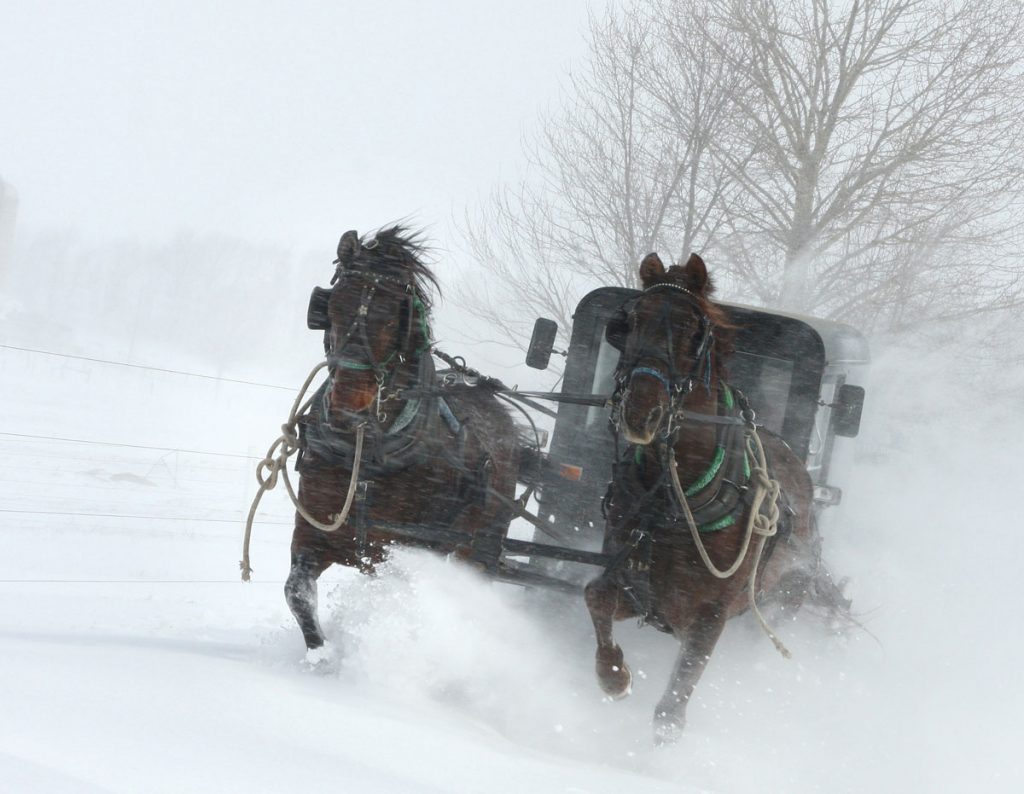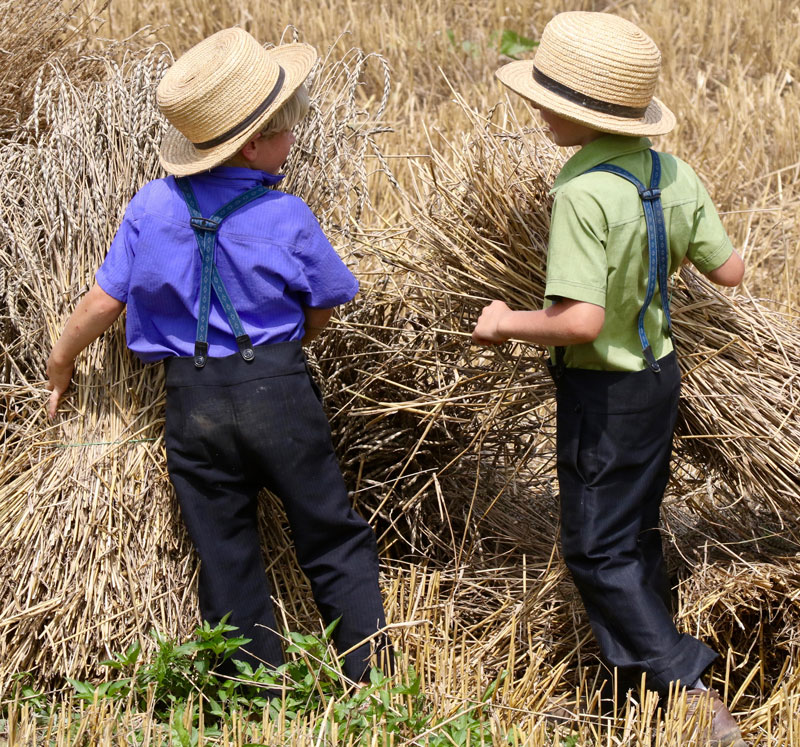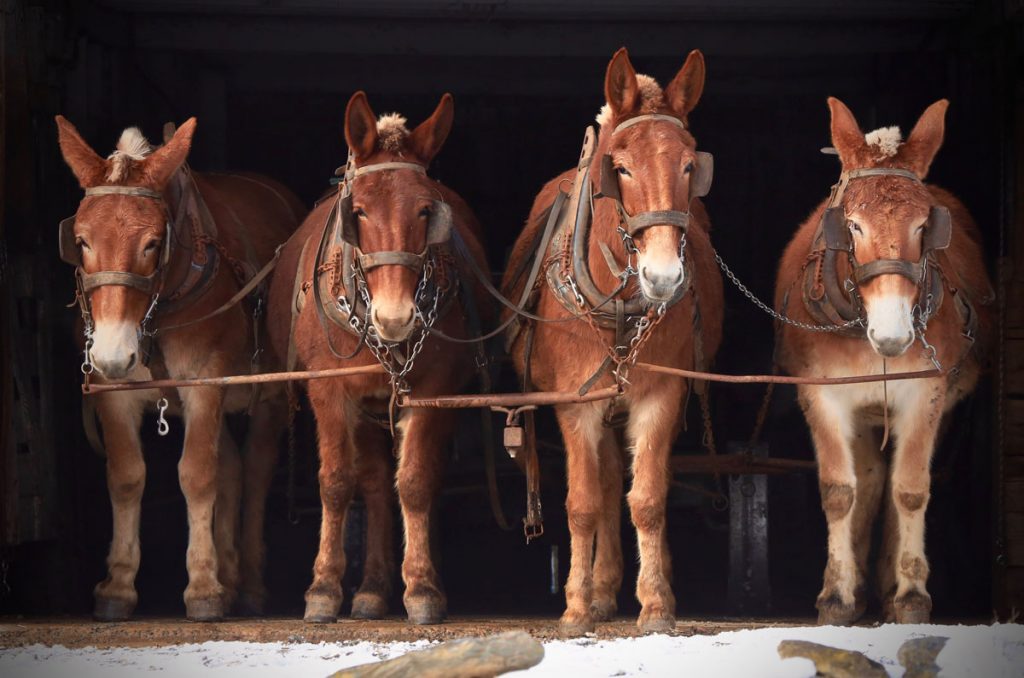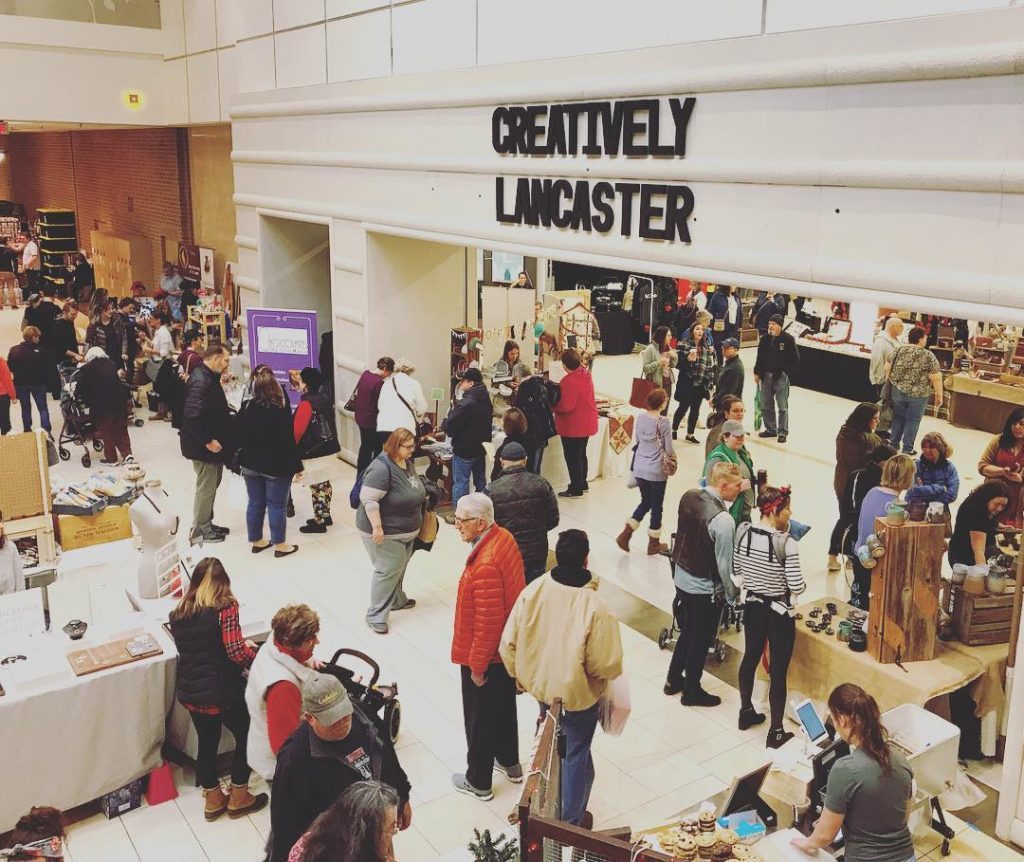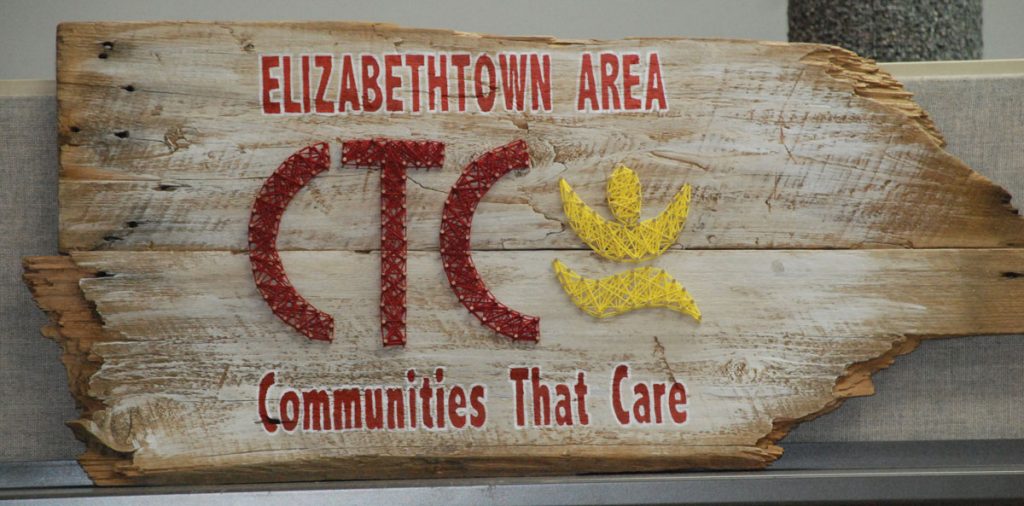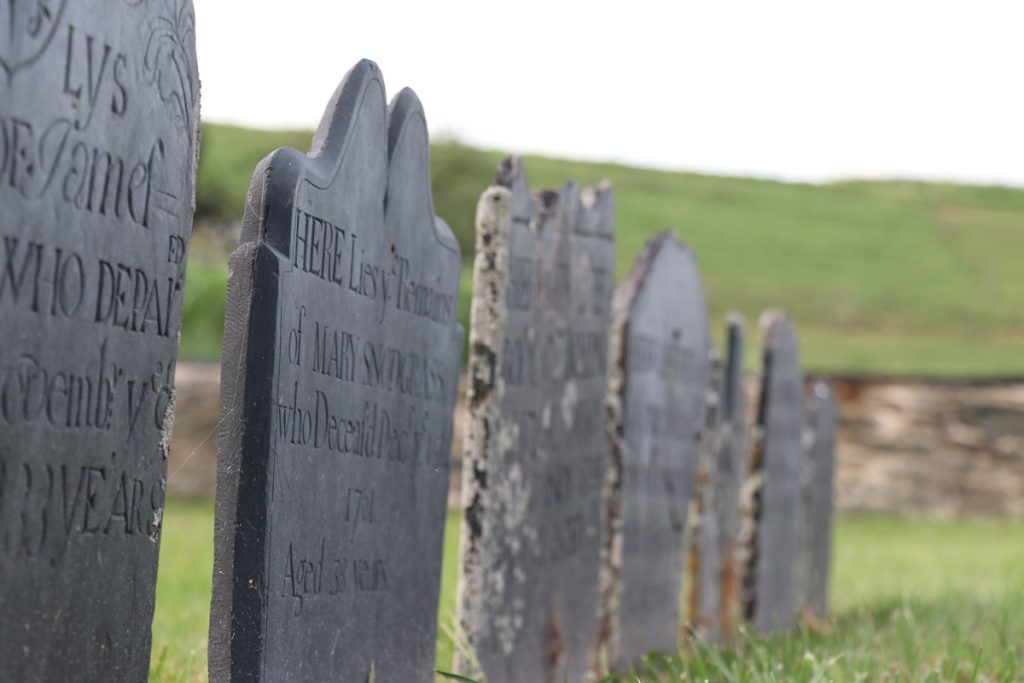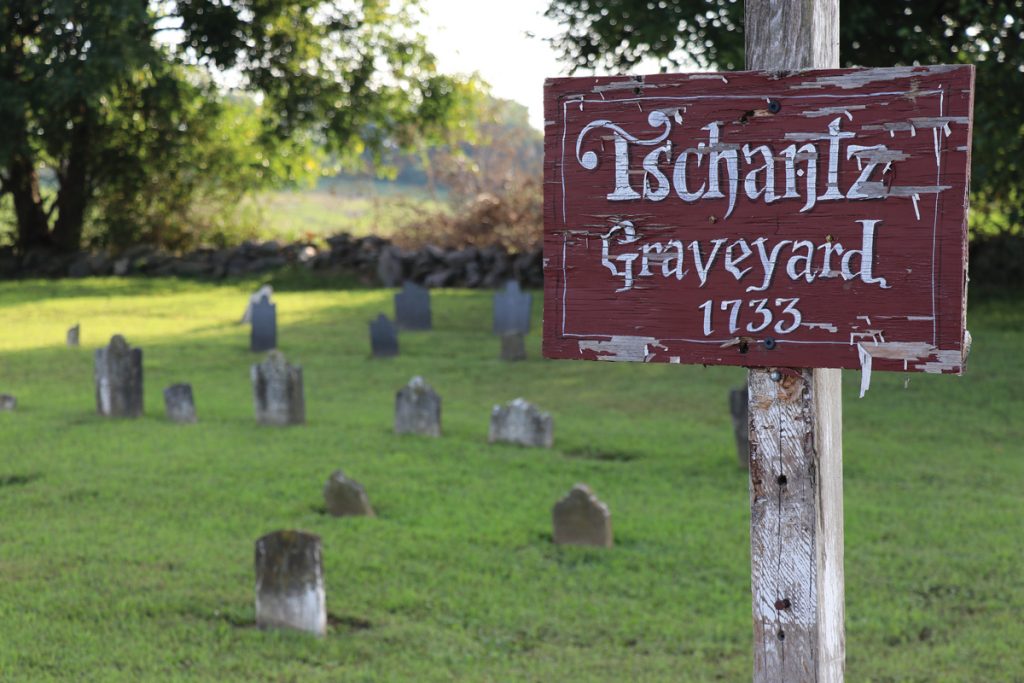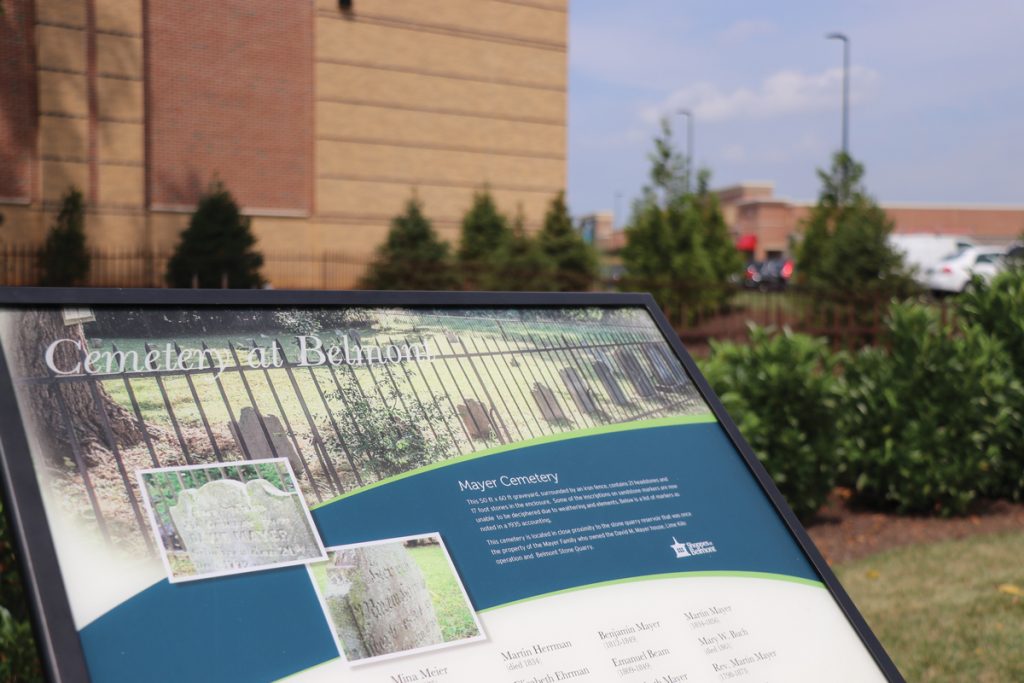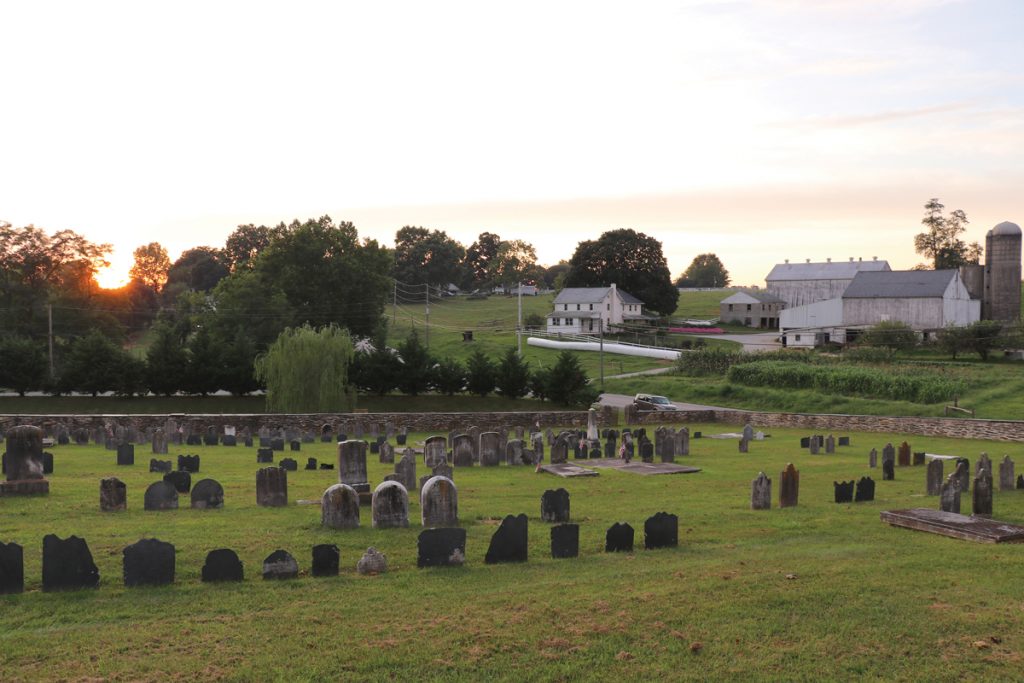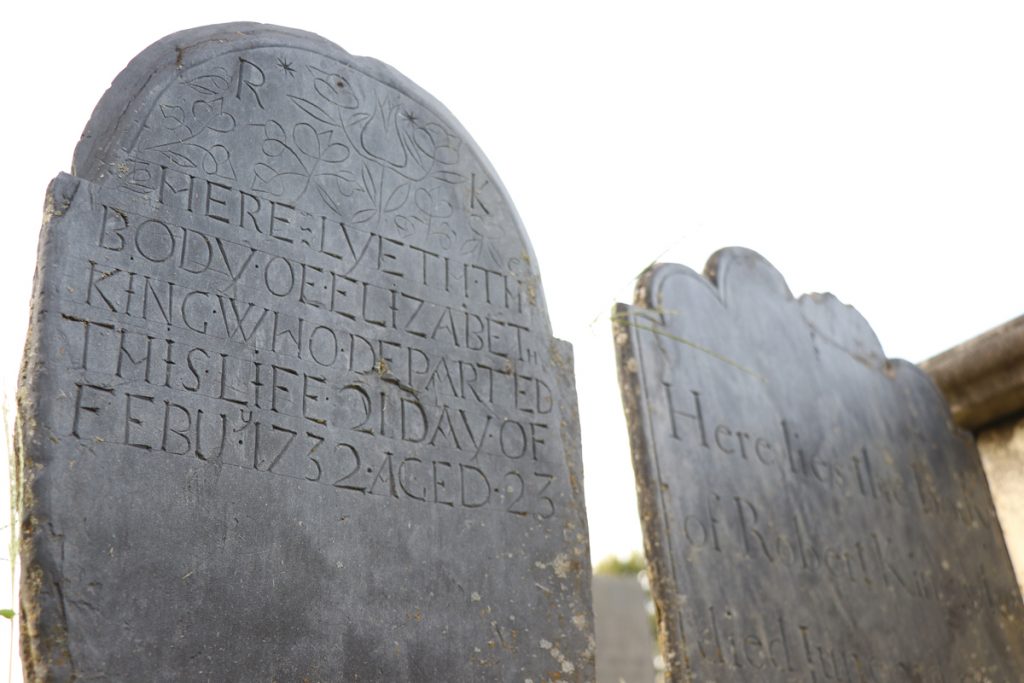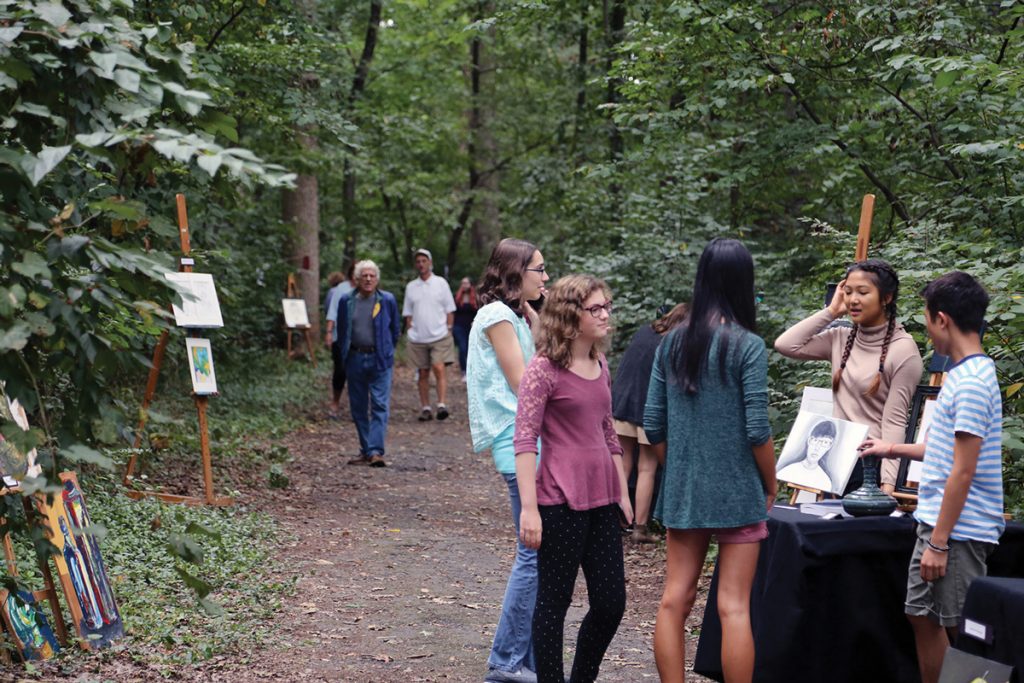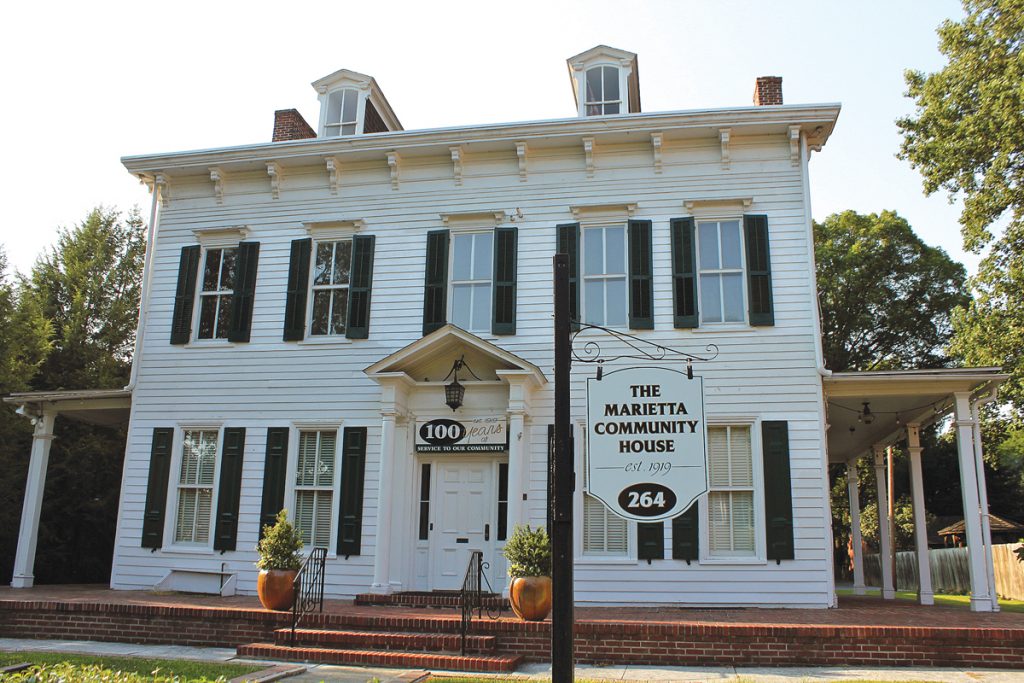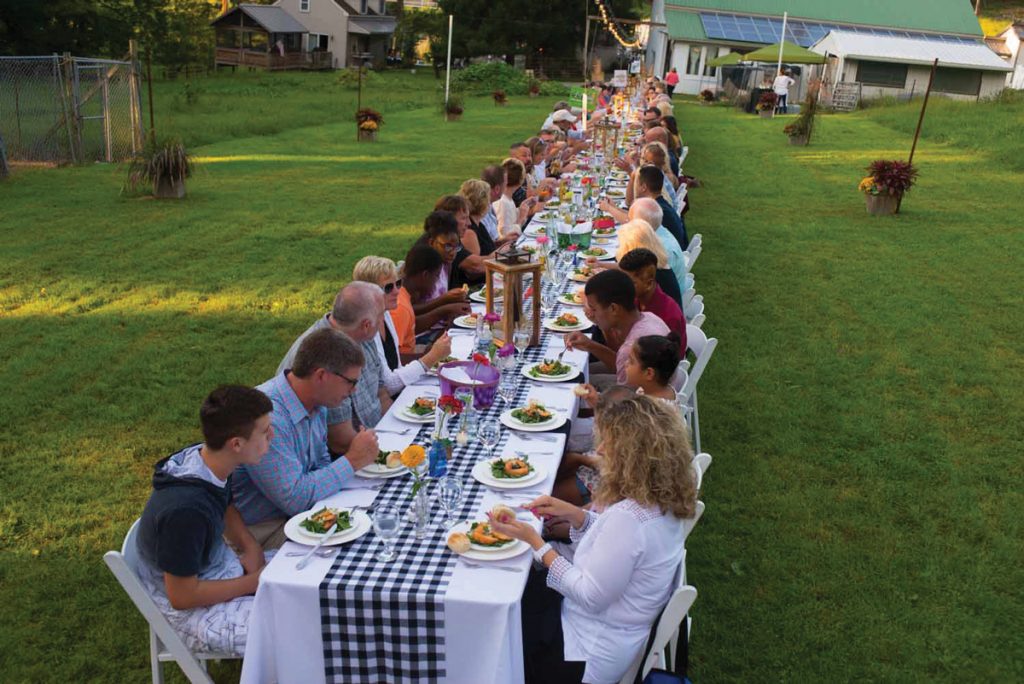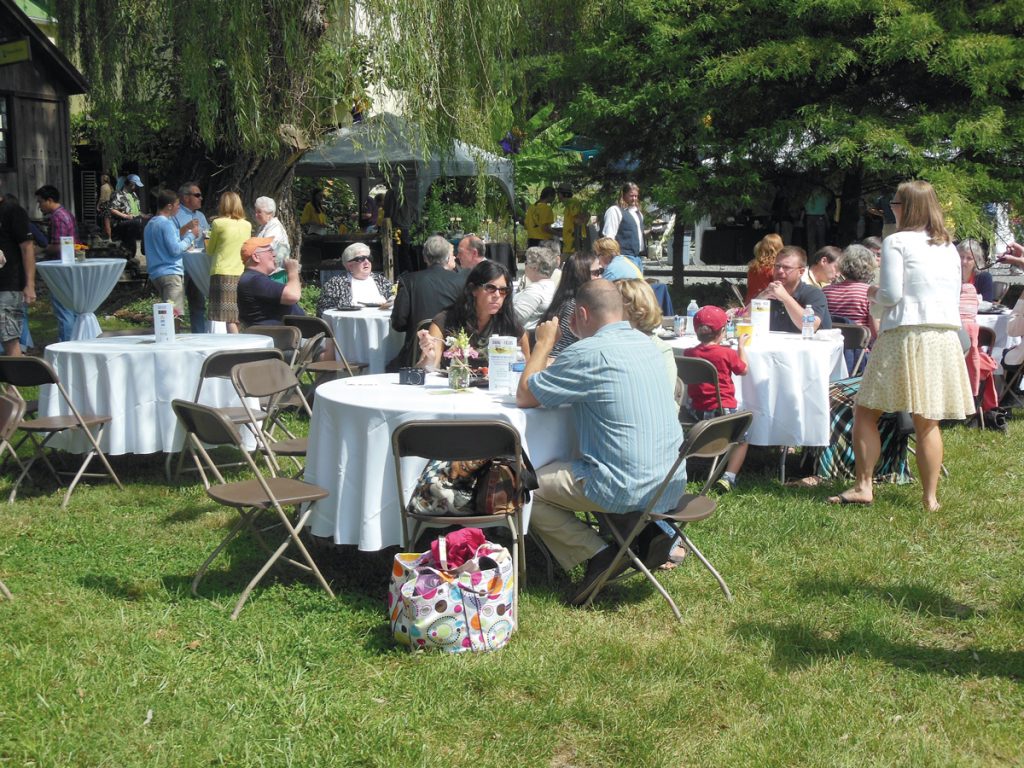Amy Geib is proving that Millennials will happily accept their parents’ and grandparents’ gifts of furniture. Whereas the Baby Boomers cherished furnishings with cherry finishes, and the Greatest Generation was gaga over mahogany, younger generations’ tastes are decidedly different. They love antiques and vintage pieces that are made modern through painted finishes and upcycling, thus delivering a one-of-a-kind piece.

Amy and Jeremy Geib transformed their home near Landisville – circa the 1980s – to reflect modern-day trends and Amy’s talent for decorating and upcycling furniture. The kitchen makeover was part of a Jeffrey Court One-Room Challenge. Instead of replacing the cabinetry, Amy worked with CabinetNow to simply replace the doors and drawer fronts. She then painted the cabinetry using a two-tone approach. She also installed a new backsplash, using subway tile. The granite-look counter tops are Formica – the edging adds an upscale finish. She and Jeremy built the island using reclaimed oak from a local lumber yard.
Ever since she was a young girl, Amy has loved rummaging through other people’s unwanted possessions. Her love for thrifting started as quality time spent at yard sales with her grandmother and ultimately grew into the foundation for her career.
Despite her natural inclination for upcycling and interior design, Amy’s career path initially took her in other directions. After dropping out of art restoration school, through which she learned how to restore paintings, murals and statuary, Amy decided to get a degree in health sciences and pursue a career as an X-ray technologist. She spent the next decade in the medical field, but her love for design lingered.

The open-concept first floor contains the kitchen, a dining room, a breakfast nook and this seating area that features finds – including the upcycled storage cabinet/bar – and the wood wall which, on a whim, Amy later painted black.
Fate intervened when Amy attended a blogging conference, where she was inspired to create a home-improvement blog. Since she is constantly looking several steps into the future, contemplating what she is going to tackle next, Amy appropriately named the blog Always Never Done. “I always have a new project on deck,” she says.
Posting about her projects and home renovations became her new hobby. It didn’t take long for her friends and family to start asking for her help with their own home projects. As Amy’s brand grew and word spread beyond her friends and family, she decided to drop to part-time as an X-ray tech, and then eventually left altogether in order to pursue what she loves. Now, her blog has such a following that it has attracted the attention of HGTV, The Home Depot and PopSugar. Brands like California-based Jeffrey Court (tile) give her supplies in exchange for blog posts using their product.

In need of an additional seating area, the Geibs added a family room to the rear of the house. It’s furnished with comfortable upholstery and upcycled storage pieces.
The success of her blog prompted Amy to open her first brick-and-mortar location in Salunga. Since making its debut in 2015, business is booming. In addition to her own work, the shop features items from more than two dozen other artists, upcyclers and makers. “Things are constantly moving in and out of the store,” Amy says. “The furniture usually only lasts a day or two.” Typically, Amy has two design projects going at a time along with five or six smaller repurposing projects.
Amy redecorates the shop habitually. “I like the store to look fresh,” she explains. She rearranges the furniture daily and changes the entire footprint of the store every other week. As her business continues to thrive, Amy is slowly focusing more attention on the interior-design services she offers. One aspect that has taken on a life of its own is freshening the look of kitchen cabinetry through paint.

The open-concept first floor includes a dining room, a sitting area, a breakfast nook, the kitchen and a family-room addition.
Despite her start in upcycling, designing and decorating for her clients have become Amy’s new favorite part of her business. Looking forward, she hopes that she can get a better vision of her design services, employ more people and continue to slowly grow her business.
Amy is already making big moves towards those goals. This month, she will be moving her store to the former home of Aud-a-bud Ceramics in Landisville (3090 Harrisburg Pike) to accommodate more vendors and upcycled furniture. “It needs some love,” Amy notes of the new location. “I want it to look more modern and industrial than the old store, so there is a lot to do aesthetically.”

The dining room is furnished with family pieces that Amy modernized with new chairs, contemporary lighting and a Scandinavian farmhouse rug.
With her eye for design and a love for the Scandinavian Farmhouse style, Amy can somehow breathe new life into lackluster antiques or drab secondhand pieces. Her own home is filled with upcycled items from many digging and thrifting ventures. For example, a pearl-gray vanity in a seating area is an amalgam of wood scraps transformed into a stylish storage space and bar. The island in her kitchen is made from reclaimed oak from a local lumber yard.

Amy also makes it a practice to “shop” her home. The cabinet, which had been located in the kitchen, needed a new home when the addition was built. She moved it to the dining room.
Such strategies date to when Amy and her husband, Jeremy, bought their first home. They couldn’t afford to decorate, so they thrifted a lot of the furniture and décor. Even years later, Amy continues the thrifting lifestyle in her Landisville home that she shares with Jeremy, their 10-year-old son, a nosey black cat named Kit Kat and their 16-year-old pup, Bentley.
“It’s rare that I will buy something brand new,” Amy says, whether it’s for her own home or one of her client’s homes. She has mastered the art of digging. “It can be time consuming, but the hunt is the fun part,” Amy remarks. She can find pieces anywhere: roadside pick-ups, hand-me-downs, thrift stores, auctions, estate sales, customer drop-offs or even rummaging through trash. “The workers at the transfer station have already told me not to climb on the trash piles,” Amy laughs.

The Metamorphosis of a Bathroom:
Over the summer, Amy was a contestant in a Jeffrey Court Renovation Challenge, for which she chose to renovate a second-floor bathroom. She took the room down to the studs and got to work. While she wanted a glass enclosure for the tub, she came up with a more cost-efficient shower curtain (from Wayfair) that hangs from a track on the ceiling.
The vanity was crafted from a piece that was in the shop. She sanded it, added hairpin legs and topped it with a sink and counter. Wanting to add a luxe touch, Amy chose gold plumbing fixtures and accessories (the mirror is from Walmart).
As for the tile accents, she used products from Jeffrey Court’s River Mosaic Collection for the tub surround and floor.
The ceiling is painted a deep green, which extends 8 inches down the walls.
Amy names Nicole Curtis of DIY’s Rehab Addict as her inspirational muse.
Amy is not only a maker; she is a resurrector, gifting a renaissance to each item or room she works her magic on. Amy loves what she does. She admits that being her own boss can be hard, but it is worth it to be able to do what “makes my heart melt.” To Amy, there is no such thing as regrets or mistakes in her line of work. “It can always be redone,” she says.
For more information, visit alwaysneverdone.com.


